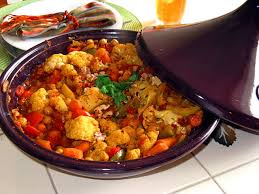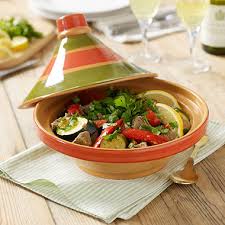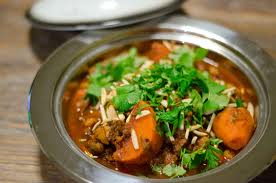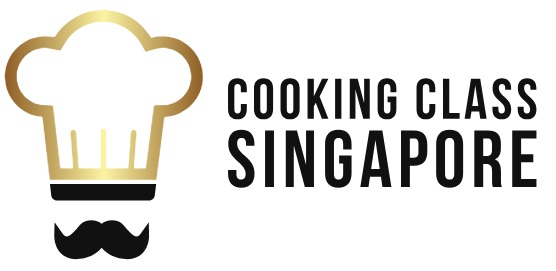Discover the Rich Flavors of Moroccan Cuisine in Moroccan Cooking Classes
 Add a little zest to your kitchen by learning how to cook Moroccan style.
Add a little zest to your kitchen by learning how to cook Moroccan style.
Your family and friends will love the flare that Moroccan food brings to the table.
Moroccan cuisine is highly unique as it is infused with African, Mediterranean, and Middle Eastern influences.
Flavours of mint, dates and milk create simple and easy recipes while exotic spices conjure up magnificent feasts for celebrations.
Moroccan cuisine is known for its use of exotic spices to bring the dishes to life.
– Ginger is widely used in Moroccan stews, soups, and tagines.
– White pepper can be found complementing sweet Moroccan sauces.
– Cinnamon is common in sweet treats and pastries.
– Saffron threads are quite exotic and have a beautiful aroma which gives Moroccan dishes a distinctive taste;
– Middle Eastern markets carry Saffron at an affordable cost.
The bright yellow colouring that appears in Moroccan foods is from the Turmeric spice which is mild and somewhat bitter to taste.
Golden and nutty in flavour, Sesame Seeds abound in many Moroccan dishes.
In a typical Moroccan kitchen, one will find cooking tools to be modest and sparing of fancy gadgets.
However, there are a few items that are essential in Moroccan cooking.

The Tagine is a type of Moroccan cookware that replaces using a conventional pot.
Using a Tagine is similar to using a crock pot. It is easy to use yet takes a lot of time for the ingredients to cook properly.
A Tangia is similar to the Tagine but this ceramic pot with a lid is used for slow cooking in the oven.
This traditional vessel is primarily used for stews.
Skewers are a popular item and are found in most Moroccan kitchens.
A charcoal brazier is the favoured method of cooking.
The brazier holds the charcoal while three arm supports hold the Tagine or grill in place for cooking.
A flame diffuser is also handy for distributing heat evenly when cooking with the Tagine.
This is a good substitute if charcoal is not available.
Moroccans also have a variety of decorative cooking elements that can serve as accessories to liven up the Moroccan theme.
Serving tea properly is a must have in Moroccan homes and is common etiquette to offer guests tea.
A scented water dispenser isn’t by any means mandatory but is a lovely decorative piece that adds a touch of Moroccan culture to any kitchen.
The Moroccan Delights

By signing up for our Moroccan cooking classes, we will teach you how to use the spices, cookware, and necessary ingredients to add the zest of Morocco to your home.
We offer our students hands-on training to accomplish the techniques used in traditional Moroccan cooking.
We also offer using the traditional tools and kitchenware to make sure your experience learning Moroccan cooking is accurate and authentic.
The most important thing about our cooking classes is to have fun while creating culinary masterpieces.
Our classes are exciting and fun in nature, while you get to experience the excitement of learning the traditions and culinary culture of Morocco.
